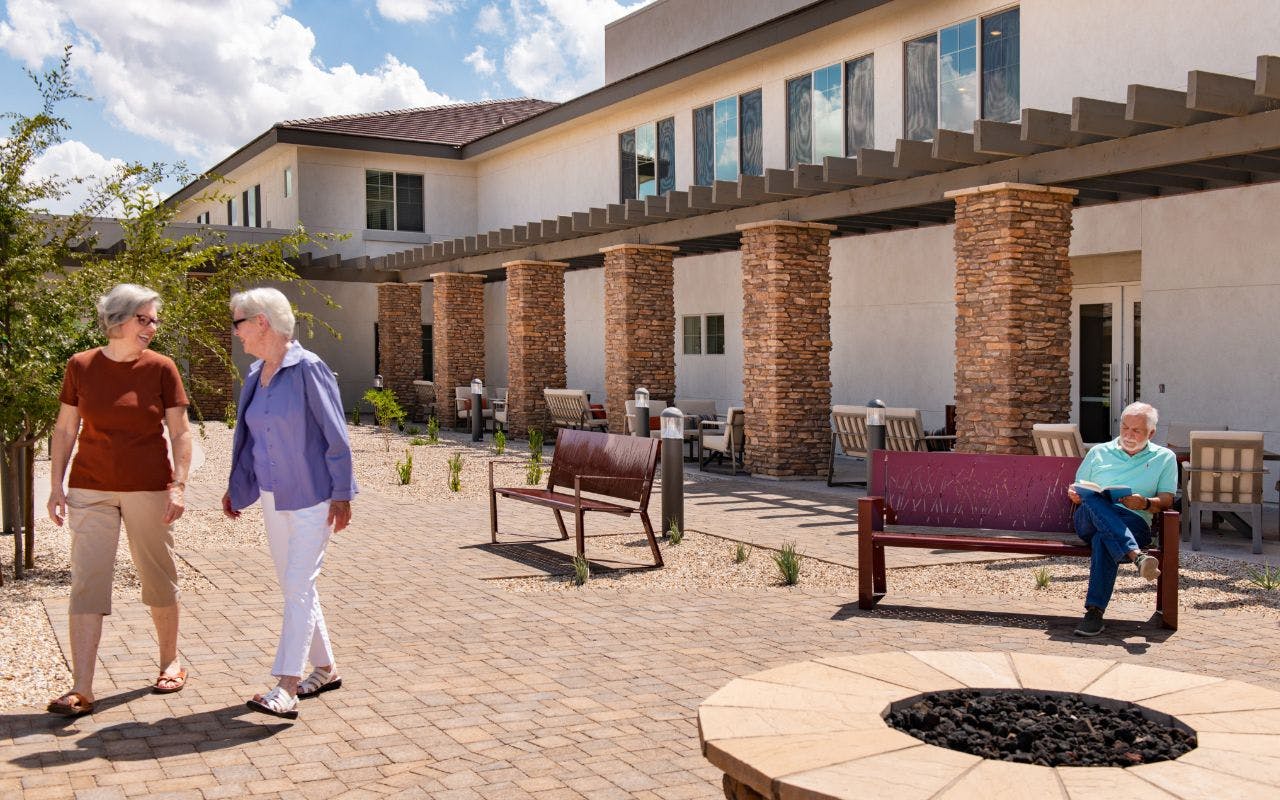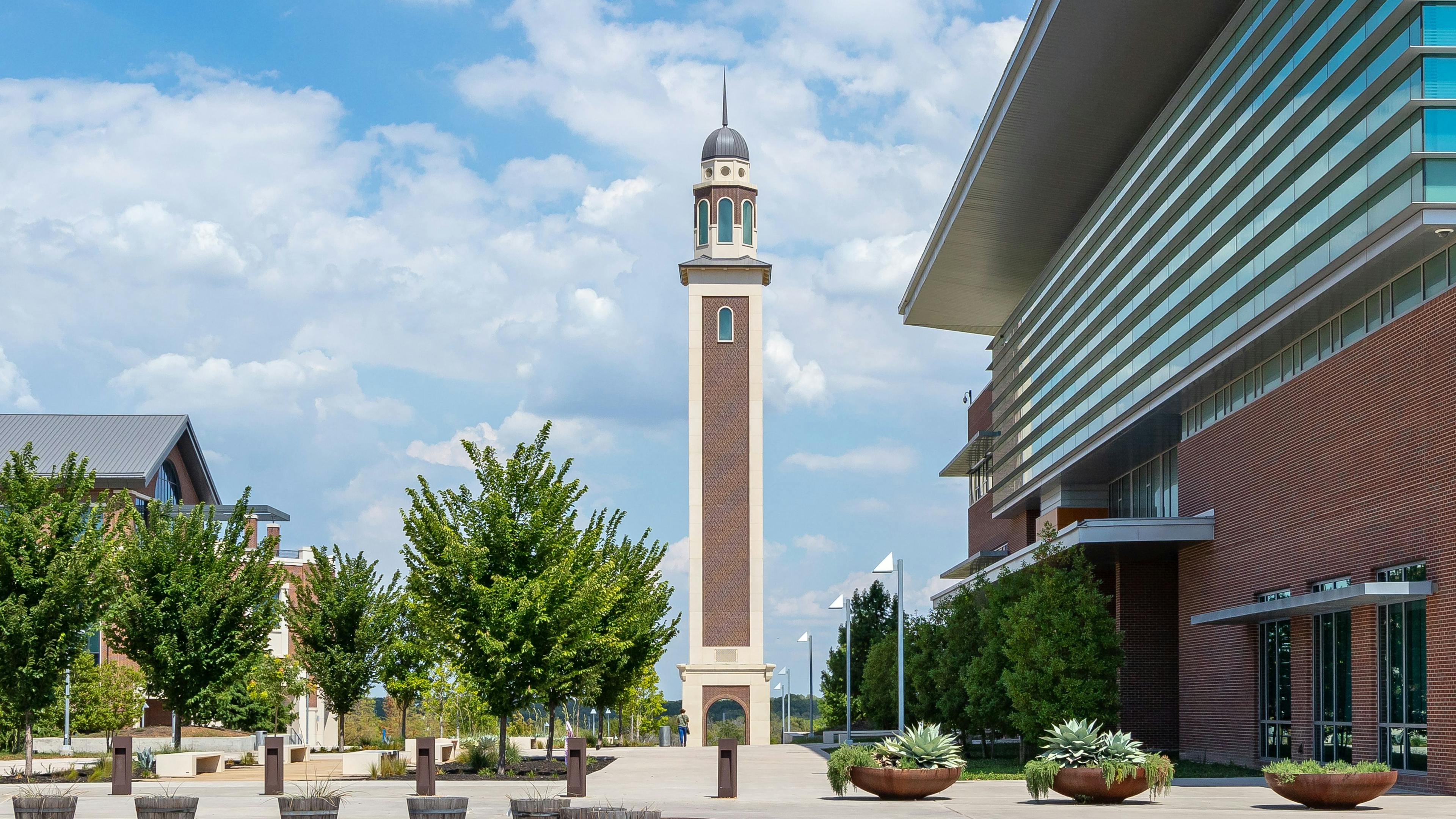
Four Design Trends for Senior Living Construction
Design-build teams perform the ultimate balancing act when it comes to transforming a concept into reality, especially for senior living communities—places people will eventually call home.
In addition to juggling programming, layout, cost and schedule, it is imperative to incorporate future-focused trends into the design of a senior living community to ensure optimal resident wellbeing and a successful lease-up for the operator.
With flexibility, independence and wellbeing all being top of mind for residents and staff, here are four key trends and best practices to consider for the next wave of senior living communities.
1. The age-in-place model
According to a 2018 AARP survey, more than 6 out of 10 adults would like to remain in their community or current residence for as long as possible, with care brought to them as needed. Communities that offer age-in-place living accommodations support this desire because the age-in-place model allows residents to remain in their original dwelling unit, even if their needs transition from independent living to assisted living care. This becomes increasingly appealing as seniors age and their mobility and other healthcare requirements change.
To create an age-in-place environment, the entire community typically needs to be licensed for assisted living. While this can create challenges with building codes and licensing, the flexibility and peace of mind that come with being able to age in place resonate strongly with many seniors and their families.
2. Design for flexibility and adaptability
In a building layout, there are opportunities to design for space flexibility to accommodate evolving program needs. One example is designing activity spaces that can be used in the future as high-acuity dining rooms for residents who have mobility limitations moving level-to-level in the building.
For individual units, there are adjustments that can be made to accommodate a broader set of changing needs. Implementing backing in the walls for future installation of grab bars and making units adaptable for wheelchair access with removable cabinets in the bathrooms and kitchen are two examples. Planning ahead reduces the overall need for a significant retrofitting, limits disruption and makes more financial sense for the operator over time.
With the challenges of the recent pandemic, the need for space to be flexible and adaptable to varying situations and circumstances has been a trending desire from the operator’s perspective.
3. Universal design strategies
Universal design practices support residents of all abilities and is a consideration that should be top of mind. For example, shared spaces should include varied seating options to accommodate residents of all capabilities. This variety not only creates design diversity, but it gives residents more freedom to choose what fits in their preferences and comfort levels. In addition to seating, considering general circulation space is critical for unrestricted movement.
In the units, there are several universal design solutions that can be applied. The most critical component is appropriate circulation pathway sizes. It is important to consider how seniors will navigate their home without losing access to certain rooms or spaces. Understanding these elements early in the design process helps right-size the units and find areas where space could otherwise be wasted.
4. Biophilic design
Biophilia is the human connection to the natural environment through direct and indirect nature and other forms of life. Biophilic design has been shown to have a positive impact on resident health and wellbeing. Examples include balconies, natural light, large windows, courtyards, water features, natural looking materials with earth tones and plants—indoors and outdoors. Specific building rating systems, such as the WELL Building standard and Fitwel certification, focus on healthy buildings that include biophilic design elements. Many operators are adopting a focus on connectivity to nature given the positive impact it can have on mental, physical and emotional health.
Doing what is best for the residents and staff is always the number one priority when designing and building a senior living community. Incorporating inspiring trends and future-focused elements with residents in mind results in communities where people feel safe, supported, connected and cared for.
Related stories








